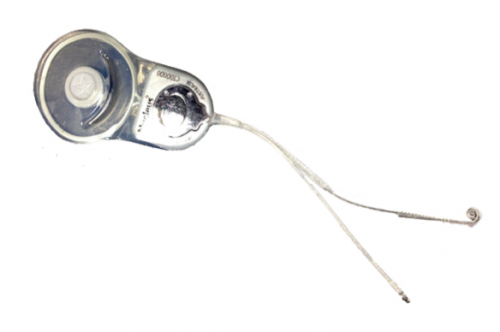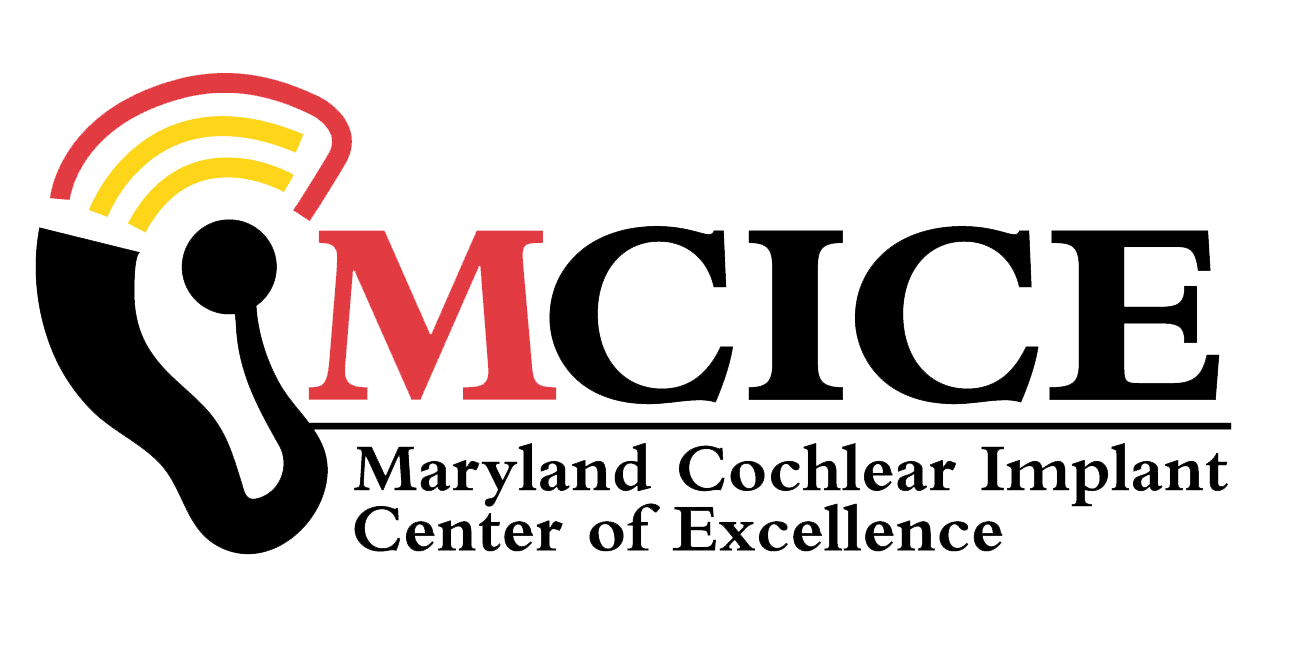Cochlear implants have become the standard of care for those with severe-to-profound sensorineural hearing loss, but users’ success with the device is quite variable. We seek ways of maximizing the effectiveness of cochlear implants, both through technological advances, and through better understanding of how to train listeners to effectively utilize today's technology.
A number of our research projects focus on ways to improve cochlear implant performance. Our translational research is one example. A second example comes from our work investigating the impact of dual implants. For normal hearing adults, listening with two ears results in much better speech understanding in noise than listening with a single ear. The vast majority of the roughly 100,000 cochlear-implant (CI) users in the US have severe-to-profound hearing loss, but only receive a single CI in one ear. Even for those who have received two cochlear implants, the benefits are often not as large as one might expect. One reason is that these cochlear implants are often not entirely "synched" - and this may prevent listeners from gaining some of the benefits of having two implants. One of our research projects seeks to improve bilateral (two-ear) implant function, allowing users to better identify the locations of sounds, and to communicate in noisy environments.



